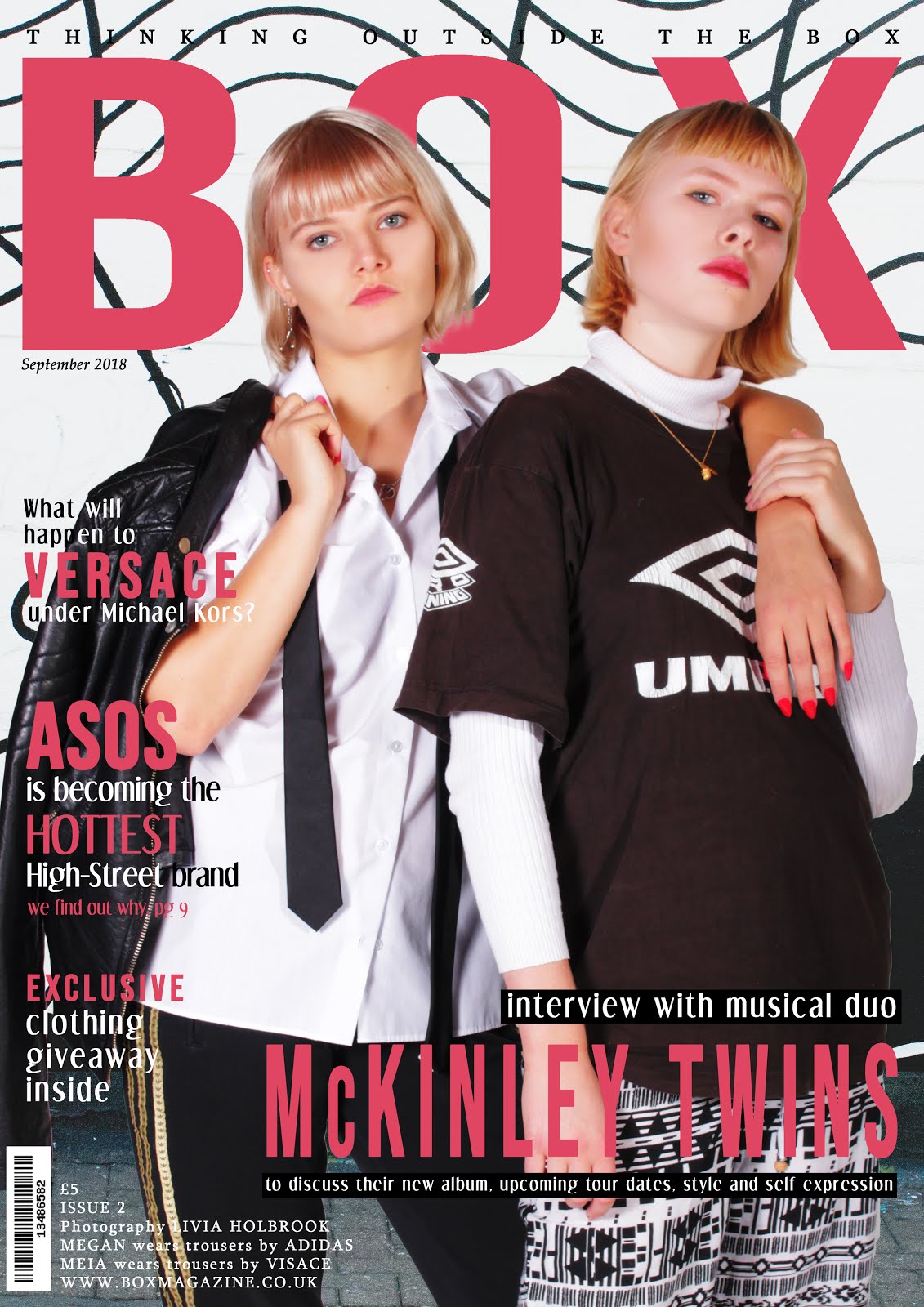Sunday, 31 December 2017
Homeland Continuity Task
1. What was your role in the task and what did you actually do?
I was the director during the filming, and I co-planned the storyboard and shot list. I had to direct the actors and camera during the filming process, using commands such as 'camera roll', 'mark-it', 'action' and 'cut'. I then created an individual edit of the sequence.
2. What factors did you have to take into account when planning, filming and editing?
When planning our task, we focused on our brief which outlined the importance of one character entering a room whilst two others sat at a table. We used this as a starting point for our plot-line which also had to incorporate themes included in Homeland. We outlined our story arc before writing a script and making a storyboard; all of these helped us clearly know how we wanted our film to progress during planning and filming. It was also useful to have these for editing to help us edit a clear story. We created shot list so that we could easily plan which scenes to shoot first for practicality and convenience. In addition to this we drew a floor plan so we knew where we wanted furniture placed on the day of filming.
When filming I as the director had to communicate what was needed for each shot to the camera operator and actors. Through my direction I had to anticipate about how each shot would link to the next through match-on-action and continuity. We had to make sure to mark each shot with scene and take so that it would be easier to order our sequence when editing.
When editing it was important to prioritise continuity and how each shot flowed to the next to create a story through match-on-action. It was also important to make the story snappy and smooth by not have large gaps or dramatic jumps between shots.
3. How successful was your sequence? Did you manage to demonstrate match-on-action, shot-reverse-shot and the 180 degree rule? Did you achieve continuity overall?
I think that as a team we filmed a wide range of shots in an efficient way whilst maintaining the 180 degree rule and a continuous background, props and costume to provide effective continuity. This was very useful when I came to edit the sequence as there were many shots at my disposal which were all suitable for use, also including a range of techniques and perspectives which created a dynamic story. We incorporated elements of action in all our shots which made it easy to edit match-on-action effectively.
4. What have you learnt from completing this task?
From completing this task, I learnt about how to direct a filming task as well as the processes of planning which are necessary for a successful shoot. I also learnt to anticipate how shots can be cut together and what can be done pre-edit to make this task easier and more effective for a continual flow of action and continuity.
Subscribe to:
Post Comments (Atom)





No comments:
Post a Comment